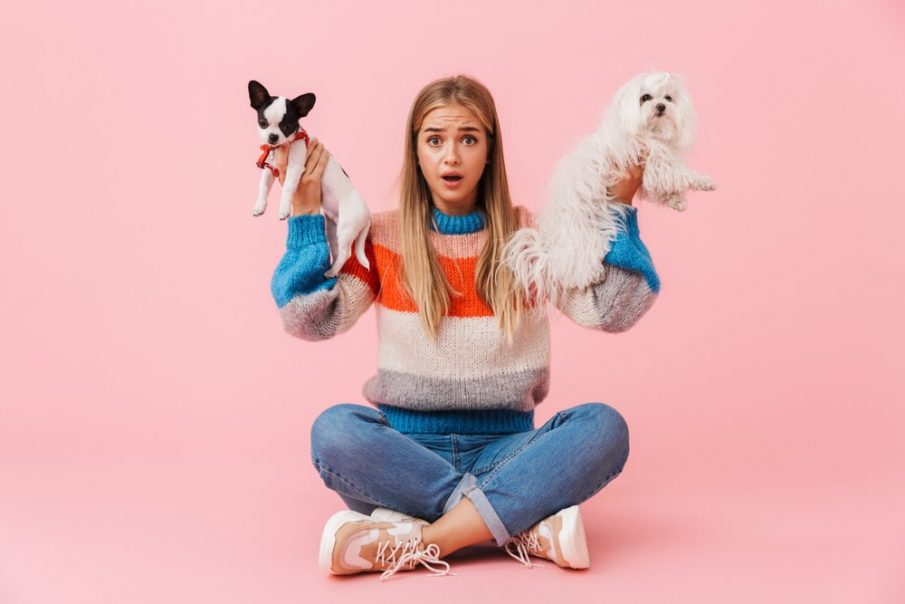With pet ownership at an all-time high, families have been offered advice to help them when choosing a puppy to bring home.
Money experts from NetVoucherCodes.co.uk have revealed the questions that should always be asked when choosing a puppy – and the red flags families should avoid.
First-time dog ownership has skyrocketed over the last 12 months, with more families than ever bringing a four-legged friend into their homes.
But without doing due diligence, families might be left out of pocket by paying over the odds for certain breeds or bringing puppies home that hasn’t received the proper care they need.
A spokesperson for NetVoucherCodes.co.uk said: “With more families spending time at home over the last year, the demand for puppies has skyrocketed.
“This has caused prices to spike dramatically across the board, so we want to make sure families aren’t getting conned out of their hard-earned cash.
“So, to help point families in the right direction, we’ve researched and revealed what they should look out for and what they should avoid doing entirely.”
Here are five things to consider when choosing a puppy:

1. Check That The Price Is Right
Buying a puppy is a big financial decision to make and it certainly isn’t the time to start bargain hunting. But similarly, you should have a good idea of what the breed you’re looking at is typically selling for at the moment so that you don’t end up paying over the odds. If a breeder is charging more than average but it’s not obvious why – for example, if the puppies come from exceptional bloodlines – then this is a red flag. The same goes for puppies that are priced particularly low. When buying a puppy, your focus should be on the welfare of the mother and puppies; the same should be said for breeders. Be wary of breeders who just seem to be after a quick buck.
2. Don’t Pay A Deposit Before Seeing The Puppy
The Coronavirus pandemic has done lots of favours for puppy scammers, as it’s been the perfect opportunity to demand hefty deposits and cash up front, without people being able to see the puppies first. Now that the virus restrictions are lifting, make sure you’re able to visit the puppy before you hand over any money.
3. Ask To See The Puppy With Its Litter Mates And Mother
Puppies should always be seen with their mother, at the place they were born, and with their litter mates if possible. Be wary of breeders that make excuses as to why they can’t accommodate these requests. This could be an indicator that they are involved in puppy farming and that the animals’ welfare isn’t a priority.
4. Ask Lots Of Questions
When you visit a litter of puppies you might feel overwhelmed by how cute they all are and therefore tempted to make rash decisions without doing your due diligence. But if you’re not thorough at this stage, you could find yourself dealing with a poorly pup later down the line – which also means steep vet bills. It’s an even better idea to ask these questions over the phone before visiting the pups, so your judgment isn’t clouded. Some things you should ask include:
- Have the parents been screened for health conditions relevant to the breed?
- How many litters has the mother had and how old is she?
- Have the puppies been checked by a vet?
- Are the puppies going to be registered with the Kennel Club or an alternative official dog club? If so, will the papers be provided and include information on bloodlines?
- Are the puppies used to being around people, and has the breeder been socialising them?
5. What To Look For
When you visit your breeder and puppies for the first time there are a number of things to pay attention to. Be prepared to walk away if things don’t seem right, and never buy a puppy if you suspect it comes from a puppy farm. Make sure the puppies appear healthy and happy. They should be alert, have a shiny coat, be free from any discharge around their mouths, noses, eyes, ears and bottoms, and have a healthy weight. Are the puppies being kept in a suitable environment? And can you see that they have access to clean, safe bedding, plenty of stimulation, and access to food and fresh water?






